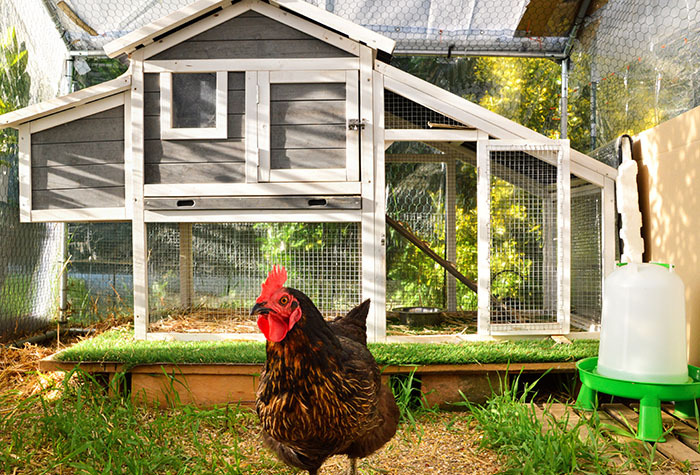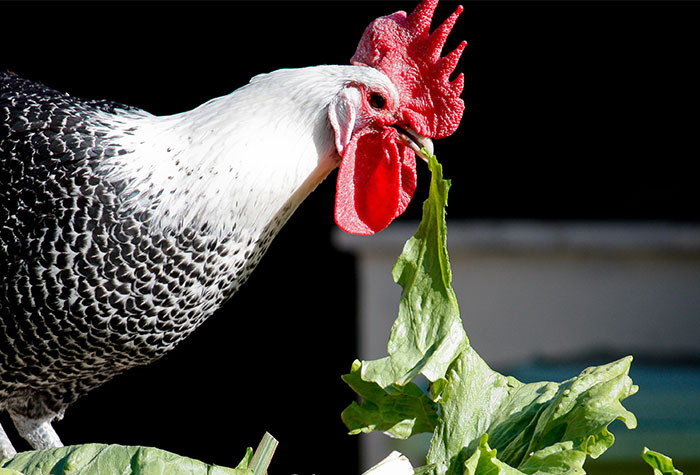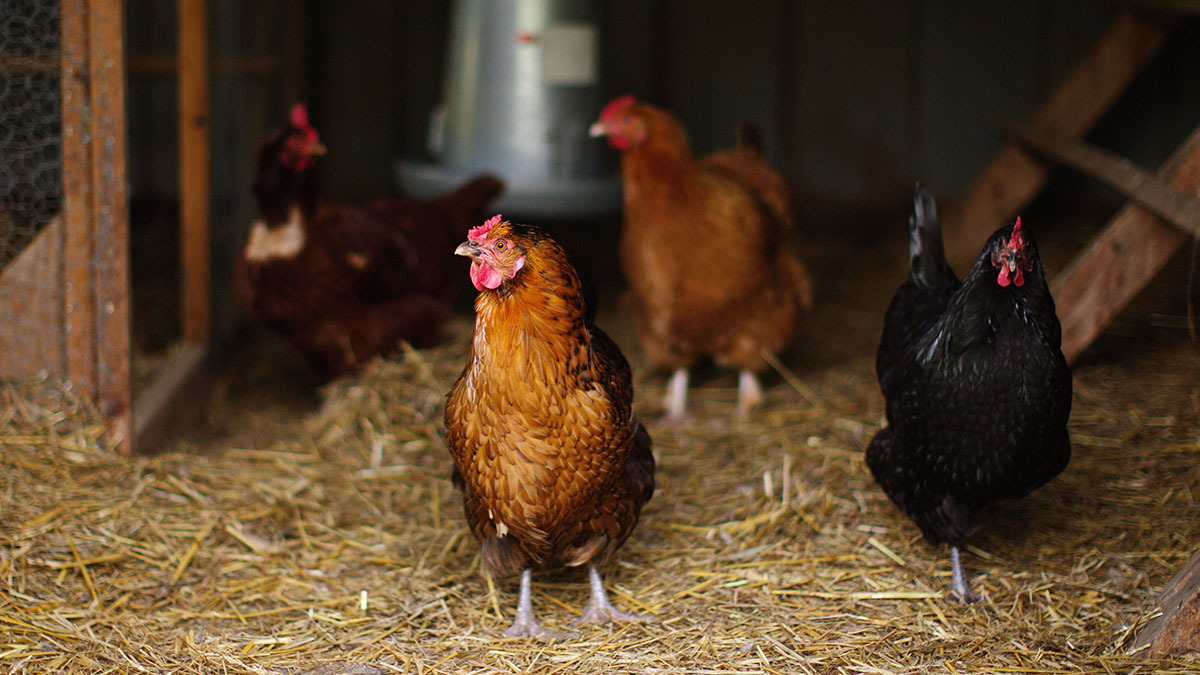on
Introducing new chickens to the flock can be difficult and stressful – for you and your hens.
If you aren’t aware, chickens are the original mean girls.
They are extremely territorial and, as a result, very big bullies about their turf.
When it comes to introducing new chickens to the flock, this must be at the forefront of your thinking.
If you don’t introduce chickens the right way, you may end up with seriously injured birds. With that said, introducing new chickens to the flock is completely doable.
You just need to take precautions to ensure all your new and old chickens are safe. Use these 9 tips when introducing new chickens to the flock.
1. Quarantine First
As exciting as it is to get new chickens, you must take a long pause before introducing new chickens to the flock.
This is important for multiple reasons.
Beyond the bullying we’ve already mentioned, it is critical to quarantine new chickens to ensure the rest of your flock remains healthy.
Purina Mills explains, “New birds have often traveled a fair amount and been near other birds – and your existing flock may have built immunity to germs in your area. Keep new birds in a separate room or coop for 30 days and monitor them to make sure they are free of disease and to acclimate them to your backyard.”

2. Separate but Seen
Once you know there isn’t a contamination worry, you can slowly start introducing new chickens to the flock.
However, by introducing, we mean letting them see each other without interacting.
Many people do this by putting the new chickens beside the old chickens on side-by-side runs.
This allows them to see one another without touching.
Another option is to place new chickens in a small fenced-off area within the run.Keep them separate but seen for several days before you do physical introductions.
[Related Read: How to Choose the Best Chicken Coop]
3. Add Two or More at a Time
When introducing new chickens to the flock, it is wise to introduce two or more at a time.
If you just introduce one chicken to a flock, that one chicken is in for a fight. At least with two chickens, the bullying can be spread out.
4. Introduce by Similar Size and Age
As much as you may want to introduce your new young chickens to your old flock, you might want to rethink it.
Due to the bullying nature of chickens, you don’t want to put smaller chickens in the fighting arena with them.
Wait until chickens are around the same size for introductions to be made.
Similarly, keep age and traits in mind.
Some breeds, such as Rhode Island Reds, are more territorial and aggressive than others.
You don’t want to make the mistake of adding the wrong mix of traits and sizes.
[Related Read: Dos and Don’ts of Raising Livestock Together]

5. Sneak Them in at Night
A common strategy for introducing new chickens to the flock is to sneak them in at night.
When your original chickens have gone in to roost, sneak your new chickens into the house with them.
But, to ensure the safety of all chickens, make sure you are up at the crack of dawn to calm any chicken drama.
6. Allow Free Range When Possible
If you are able, allow the new chickens to free range.
Then, allow your existing chickens to free range with them.
In this situation, the original chickens will be more taken with the new environment than the new chickens.
This also makes it easier for new chickens to escape potential bullying attacks.
7. Provide Additional Water and Feeders
We can’t say it enough – chickens are territorial.
This includes their food and water.
One of the biggest issues when introducing new chickens to the flock is the original chickens preventing them from getting food and water.
That’s why it is necessary to provide additional water and feeders for your new chickens.
[Related Read: Grow Your Own Chicken Feed]

8. Distract Them
Try to keep the focus off the new chickens by adding distractions, such as hanging greens, bales of hay, or toys.
Give them some new tasty treats.
The goal is for them to choose these fun or tasty distractions over pecking the new chickens.
9. Intervene When Necessary
Ideally, it is best not to interfere when introducing new chickens to the flock.
As much as you might want to jump in there, they need to establish their new pecking order.
With that being said, there will be times when intervention is necessary.
Intervene in the following situations:
- There is an injury or bleeding.
- A large group is picking on just one or two chickens.
- Some chickens are unable to get food or water.
In these situations, you may need to remove the bullied chicken and try to reintroduce the chicken again at a later date.
Get access to premium content and more!
Why Every Homesteader Needs Community









